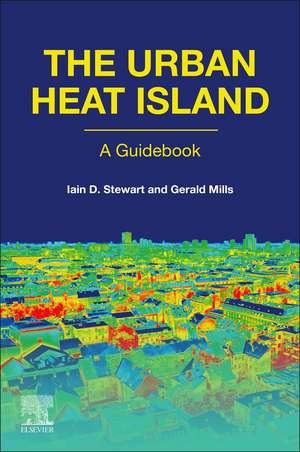The Urban Heat Island
Autor Iain D. Stewart, Gerald Millsen Limba Engleză Paperback – 23 mai 2021
- Covers both on-surface and near-surface, or canopy, measurements and impacts of Urban Heat Islands (UHI)
- Provides a set of best practices and guidelines for UHI observation and analysis
- Includes both conceptual overviews and practical instructions for a wide range of uses
Preț: 568.98 lei
Preț vechi: 731.38 lei
-22% Nou
Puncte Express: 853
Preț estimativ în valută:
108.91€ • 118.34$ • 91.54£
108.91€ • 118.34$ • 91.54£
Carte tipărită la comandă
Livrare economică 14-28 aprilie
Preluare comenzi: 021 569.72.76
Specificații
ISBN-13: 9780128150177
ISBN-10: 0128150173
Pagini: 182
Dimensiuni: 152 x 229 mm
Greutate: 0.25 kg
Editura: ELSEVIER SCIENCE
ISBN-10: 0128150173
Pagini: 182
Dimensiuni: 152 x 229 mm
Greutate: 0.25 kg
Editura: ELSEVIER SCIENCE
Public țintă
climatologists, meteorologists, geographers, architects, engineers, urban planners, environmental planners, policy and decisions makers, bioclimatologists, urban ecologists, public healthCuprins
1. The physical basis of the UHI2. UHI management3. Planning a CUHI study4. Executing a CUHI study5. Conducting a surface UHI study6. Conclusions
